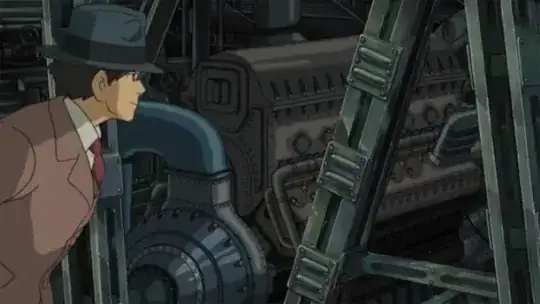In The Wind Rises, certain elements of the story are personified. From the beginning, we see an earthquake and fire, both of which are given very humanlike sounds, as well as being shown very artisicially (like the ground moving in waves instead of just shaking). Later, the planes in the movie are personified as well, their components and demonstrations being given very humanesque and biological sounds.

As Jiro and Honjo look around a plane in flight, an engine makes very gurgly sounds which are distinctly biological and not mechanical. Other planes do this as well, even in a scene which shows one of Jiro's designs as a conceptualization.
Obviously, the movie is very plane-centric and so the personification of the planes makes sense (to bring them to life). However, these other lifelike elements did not seem to fit into the more serious setting of this movie, compared to a movie like Ponyo.
What is the purpose of bringing these elements "to life" in The Wind Rises? And why was it these elements that were chosen?
